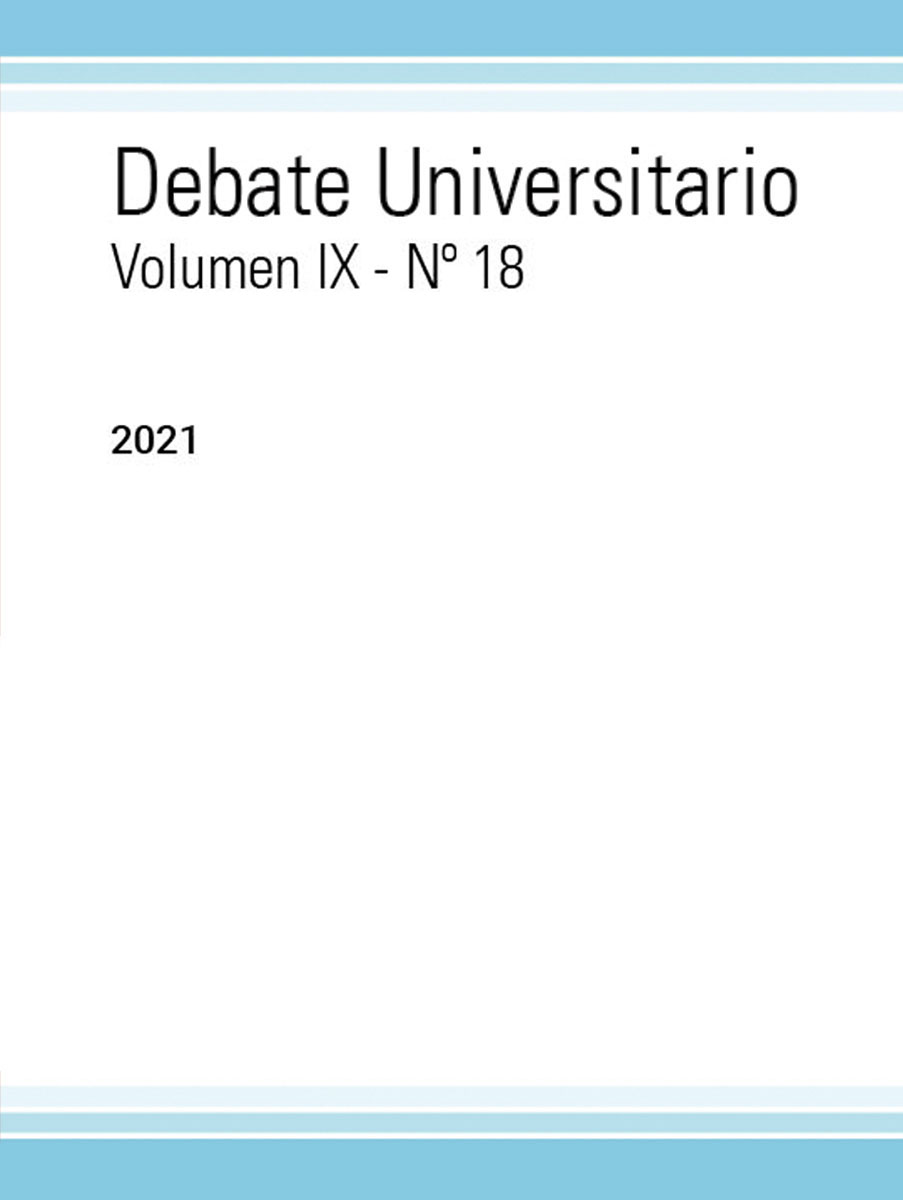Contributions of Argentine universities to science and technology in the“Golden Age” of university education (1955-1966)
DOI:
https://doi.org/10.59471/debate202132Abstract
The characterization of the period between 1955 and 1966, in the scope of the Argentine University System is the “golden age of Argentine Universities”. This work delves into the characteristics of the period, highlighting the scientific milestones of the main universities of that time, especially focused on the aspect that gave importance to the period, the intense development
of science in the universities.
Argentine Science was enhanced as a consequence of an international context that sought and needed to promote scientific and institutional development, especially in Latin America, where Argentina was a fertile field due to its historical and socio-cultural characteristics.
Under the imprint of Dr. Bernardo Houssay, as a reference and promoter of CONICET, and in a political context of high volatility, science continued in several emerging lines of the previous Peronist government and the generation of new lines of scientific research and technological development, which endures to this day.
National and international politics can be glimpsed throughout the period, permeating the sciences, especially the social sciences. For this reason, reactions and tensions were generated, which were undermining some great possibilities that had their centrality in the Argentine Universities. The work provides some conclusions for the debate and to allow to delve into the
reason for the lack of continuities in the Argentine university scientific development
Downloads
Downloads
Published
Issue
Section
License
Copyright (c) 2021 Roberto Daniel Breslin (Autor/a)

This work is licensed under a Creative Commons Attribution 4.0 International License.










